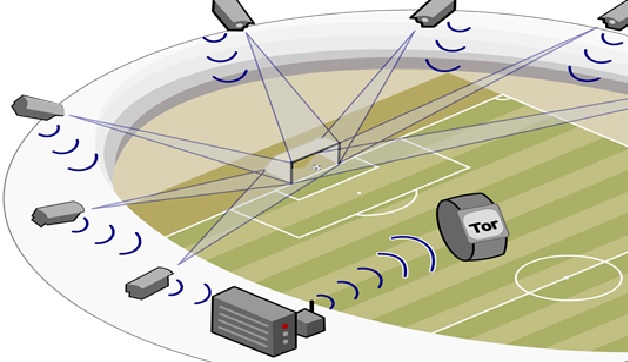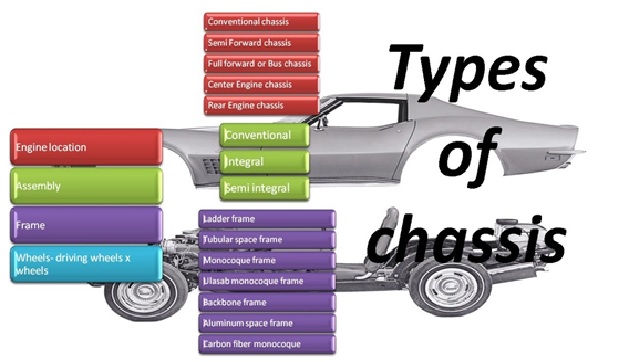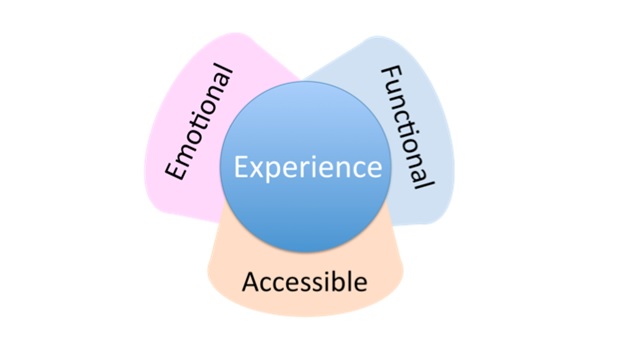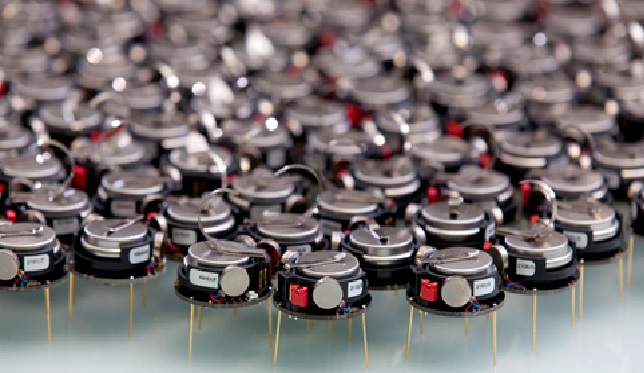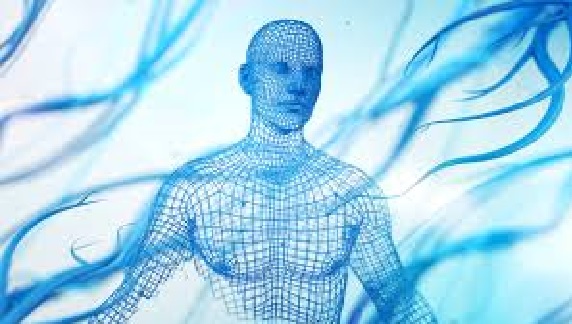Ancient Mysteries Unveiled: Scientists Reveal a Stunning Discovery About Human Origins
Revolutionary Discovery: Scientists Uncover Hidden Chapter in Human Ancestry
A groundbreaking study from the University of Cambridge, based on full genome sequencing, reveals that modern humans emerged from a genetic fusion of two ancient populations that split approximately 1.5 million years ago. Around 300,000 years ago, these groups reunited, with one lineage contributing 80% of our genetic makeup and the other 20%, reshaping our understanding of human origins.
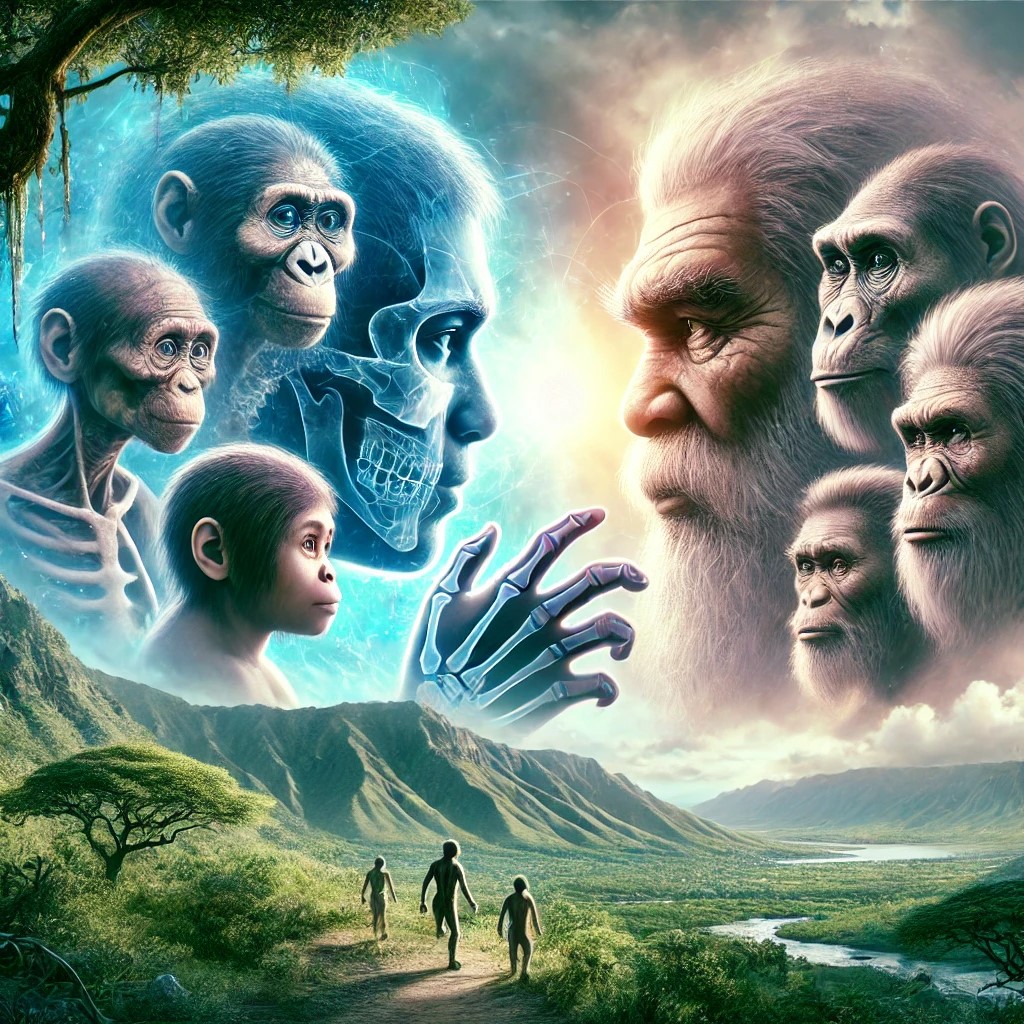
Figure 1. Unraveling Ancient Secrets: A Groundbreaking Discovery in Human Origins.
For the past two decades, the dominant theory in human evolutionary genetics has been that Homo sapiens originated in Africa between 200,000 and 300,000 years ago, descending from a single ancestral lineage. However, new findings published in Nature Genetics challenge this view, suggesting a more intricate evolutionary history. Figure 1 shows Unraveling Ancient Secrets: A Groundbreaking Discovery in Human Origins.
A More Complex Origin Story
“The question of where we come from has captivated humans for centuries,” said Dr. Trevor Cousins, lead author from Cambridge’s Department of Genetics. “It was long believed that we evolved from a single, continuous lineage, but the precise details of our origins remain uncertain.”
“Our research provides clear evidence that human evolutionary origins are far more complex than previously thought,” said co-author Professor Richard Durbin from Cambridge’s Department of Genetics. “Different groups evolved separately for over a million years before coming back together to form the modern human species.”
Evidence of Ancient Genetic Merging
While past studies have confirmed that Neanderthals and Denisovans—extinct human relatives—interbred with Homo sapiens around 50,000 years ago, this new research suggests an even more significant genetic mixing event occurred much earlier, around 300,000 years ago. Unlike Neanderthal DNA, which makes up roughly 2% of the genome in non-African modern humans, this ancient fusion contributed nearly 10 times that amount and is present in all modern humans.
A Breakthrough in Analyzing Ancient DNA
Rather than relying on ancient bone samples, the research team analyzed modern human DNA to uncover hidden ancestral populations that may have left no physical traces. This innovative approach allowed them to infer genetic mixing events deep in human history. The study used data from the 1000 Genomes Project, a global initiative that sequenced DNA from diverse populations across Africa, Asia, Europe, and the Americas.
Modeling Ancient Human Evolution
To analyze these complex evolutionary events, the team developed a computational algorithm called cobraa, which simulates how ancient human populations split apart and later merged. After validating the algorithm with simulated data, they applied it to real human genetic data from the 1000 Genomes Project.
Drastic Population Shifts Over Time
In addition to identifying the two ancestral populations, the researchers uncovered dramatic shifts in population size following their initial divergence.
“Immediately after the two ancestral populations split, we observed a severe bottleneck in one of them—indicating that it shrank to a very small size before gradually expanding over the next million years,” explained co-author Professor Aylwyn Scally from Cambridge’s Department of Genetics. “This population would later contribute about 80% of the genetic material in modern humans and also appears to be the ancestral group from which Neanderthals and Denisovans eventually emerged.”
The Role of Brain-Related Genes
“Interestingly, some of the genes inherited from the minority ancestral population—particularly those associated with brain function and neural processing—may have played a crucial role in human evolution,” said Dr. Trevor Cousins.
The study also revealed that genes from this second population were often found in regions of the genome less linked to functional traits. This suggests a process called purifying selection, where natural selection gradually removes less compatible or harmful mutations over time.
Beyond Humans: A New Evolutionary Framework
The researchers believe their method could revolutionize how scientists study the evolution of other species. To test its broader application, they used the cobraa model to analyze genetic data from bats, dolphins, chimpanzees, and gorillas, uncovering ancestral population structures in some species but not others.
“What’s becoming clear is that the idea of species evolving in clean, distinct lineages is too simplistic,” said Cousins. “Interbreeding and genetic exchange have likely played a major role in the emergence of new species across the animal kingdom.”
Identifying Our Mysterious Ancestors
So, who were these ancient human ancestors? Fossil evidence points to Homo erectus and Homo heidelbergensis as possible candidates, as both species lived in Africa and other regions during the critical time period. However, further research is needed to match genetic findings with specific fossil groups.
What’s Next for Human Evolution Studies?
Looking ahead, the team aims to refine their model to account for gradual genetic exchanges rather than sharp splits and reunions. They also plan to integrate their findings with anthropological research, particularly fossil evidence suggesting early humans were far more diverse than previously believed.
Source: SciTECHDaily
Cite this article:
Priyadharshini S 2025, “Ancient Mysteries Unveiled: Scientists Reveal a Stunning Discovery About Human Origins”,AnaTechmaz, pp. 302



